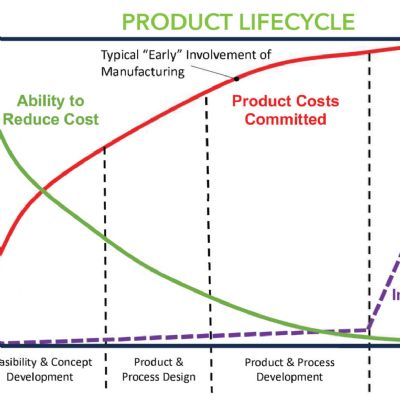 Debbie McGrath
Debbie McGrathAre Incentives Being Overused to Reward Wellness?
April 1, 2013Comments
Posted to HR.com by Jenn Dubey, president, Evolve Corporate Wellness; www.evolve4health.com
Businesses are overusing incentives as a key strategy to engage their employees. For example, they are using gift cards, paid time off, cash and other persuasive tools to encourage employees to make better health decisions. After 15 years of personal training and health coaching, I can tell you this: If the motivation is not intrinsic, the effort and expense is wasted. If we want to see the behavior carry over, employees must have the desire to change, see the purpose and intention behind a wellness program, and believe in the process.
Do incentives hold value for some things? Yes, but they absolutely need to be used sparingly if we want sustainable solutions. We need to focus more on finding alternatives to expensive wellness incentives. In our wellness programs at Evolve, incentives are not a key budget item; we see them as a small piece to a very comprehensive puzzle.
According to a survey of nearly 150 midsize companies, the cost of incentives has skyrocketed nearly 65 percent, rising from $260 per employee per yr. to $430. I don’t know about you, but if I am a midsize company of 200 people and I have to invest $60,000 per year to incentivize my employees to make better health choices, I need to take a hard look at my failed strategy and figure out how to become more cost effective.
Incentives are not a solution to the issues of obesity and chronic health conditions. Changing behavior is the solution.
This is what we know:
• We need better education on the importance of prevention. Nearly 90 percent of workers, according to a recent survey, do not fully understand the value of preventive care. Our medical community’s economic structure is based on caring for the sick—we wait until there is a need. A lack of understanding about prevention discourages people from being intrinsically motivated to change their health behavior. Proper education increases compliance.
• We need a stronger call to action. Many wellness programs are made of bits and pieces. Employees lack an understanding of the ultimate purpose and do not see the value in programming. If you want employees to be excited, create a very specific, powerful and positive call to action. Draw on emotion to encourage employees to take action. Create a powerful and sustainable mission statement that describes the purpose of your company’s wellness program.
• Programming must be interactive. People are inspired to be a part of something big, such as a complete culture shift. If employees feel as if they are part of the process, they less likely will require a reward. In his book “Drive,” Daniel Pink writes that people are motivated when given autonomy. Employees will not respond as well to information coming at them than if they are part of a process that controls the direction of the culture.
• Create the necessary environment. To build intrinsic motivation, employers must develop true self leaders. These are individuals who do not lead healthy lives because they listen to a presentation or read a newsletter. They get and stay healthy because they spend several hours each day in a place that supports healthy living. All of this, of course, comes from having strong leadership support within the organization. Leadership support is imperative for wellness success. MFTechnologies: Management
Comments
Must be logged in to post a comment. Sign in or Create an Account
There are no comments posted.Laurie Harbour, President, Harbour Results, Inc., E707
Wednesday, January 24, 2024
 Podcast
Podcast Management
ManagementMetalForming LIVE 2024: Recruit, Retain, Train
Monday, January 22, 2024
 Webinar
Webinar  Management
ManagementDesign for Manufacturing
Peter Ulintz Friday, October 27, 2023






